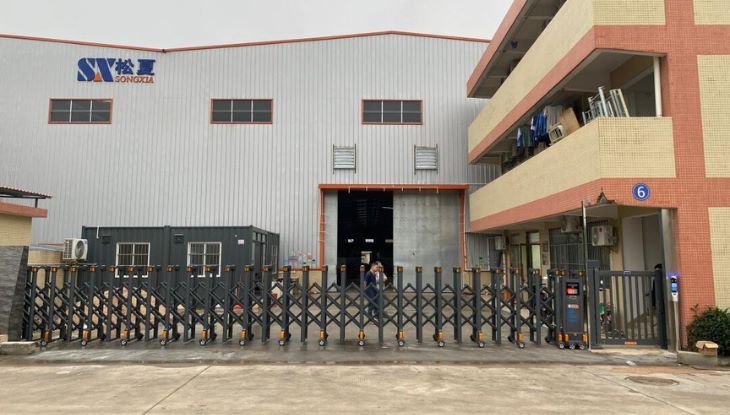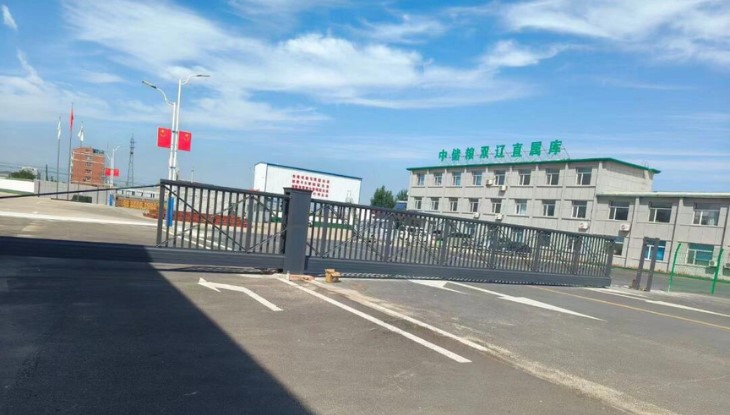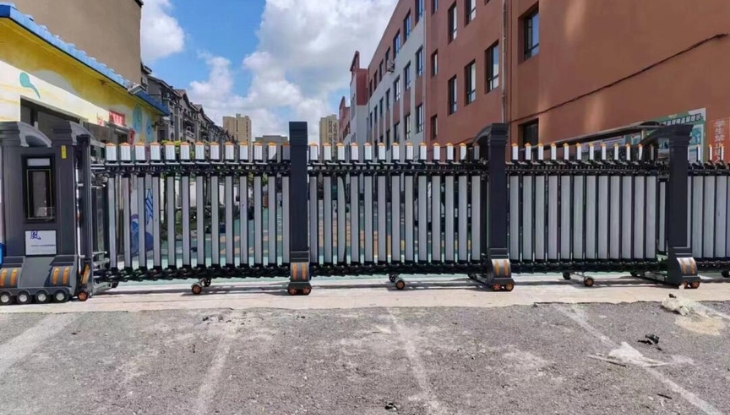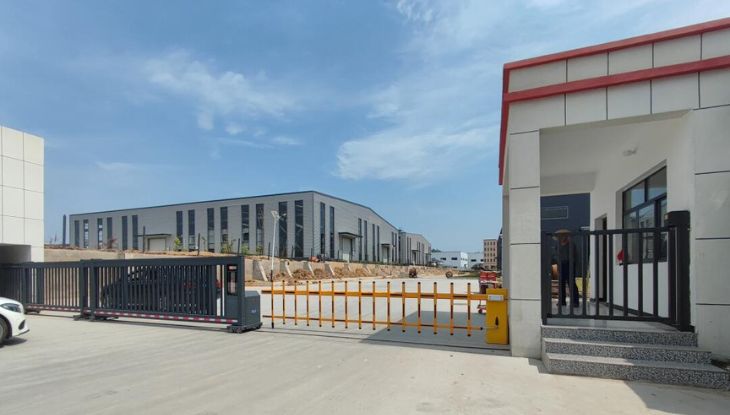
Average Commercial Gate Sizes
Commercial gates typically range from 5 to 30 meters in width, depending on their purpose. Smaller gates 5–10 meters suit pedestrian access or light vehicles, while larger installations 15–30 meters accommodate heavy machinery, trucks, or high-traffic industrial sites. Let’s break down how to match size to function.
What Size Gate Do I Need?
Your gate size depends on its intended use:
-
Privacy/Security: Narrow gates (5–8 meters) work for perimeter control in schools, offices, or residential complexes.
-
Vehicle Access: Medium-sized gates (10–15 meters) fit cars, vans, or delivery trucks.
-
Industrial Traffic: Wide gates (20–30 meters) are ideal for factories, warehouses, or airports requiring heavy-duty access.
At Commercial Gate Shop, our experts help clients balance functionality with site constraints, ensuring optimal performance.
Standard Gate Sizes by Use Case
Here’s how common gate types align with applications:
Commercial Cantilever Slide Gate
-
5–10 meters: Compact spaces (e.g., parking lots, small warehouses).
-
15–25 meters: Large industrial zones needing robust, no-track operation.
-
5–8 meters: Urban storefronts or secure entry points.
-
10–15 meters: Medium-sized commercial properties.
-
8–12 meters: Residential complexes or light industrial sites.
-
18–30 meters: High-security facilities with wide driveways.
-
5–10 m: Tight spaces requiring vertical folding (e.g., aircraft hangars, garages).
-
15–25 m: Large openings with height restrictions.
How to Measure for a Gate
Measuring for a commercial gate requires precision. First, measure the width of the gate opening. Measure the distance between the two posts where the gate will be installed. Take into account any uneven terrain, obstacles, or slopes in the area. For example, if there are large rocks or tree roots near the installation site, you need to ensure they won't interfere with the gate's operation.
When measuring the height, measure from the ground level to the top of the intended opening. Consider any clearance needed at the bottom, especially if the ground is uneven. It's also important to measure at multiple points along the width and height. This helps account for any variations in the opening's dimensions, ensuring a perfect fit.
Other Factors That Influence Gate Size
Opening Direction
The opening direction of the gate is crucial. If the gate swings inward, ensure there's enough space inside the property for it to open fully without hitting any structures or equipment. An outward - swinging gate should not obstruct public walkways or neighboring properties. In a busy urban area, an outward - opening gate might not be practical due to limited space.
Post Size
Larger gates need sturdier posts to support their weight. For a gate between 5 - 15 meters, 10 cm x 10 cm to 15 cm x 15 cm posts are usually sufficient. For gates in the 20 - 30 - meter range, you'll need posts with dimensions of 20 cm x 20 cm or larger.
Terrain Restrictions
In hilly or sloped areas, the gate size and type need to be carefully considered. A sliding gate or a cantilever slide gate might be more suitable as they require less clearance for opening compared to a swinging gate. The terrain can also affect the installation of the gate posts, and special foundations might be necessary.
Cost of Commercial Gates by Size
Gate costs vary by dimensions, materials (steel, aluminum), and automation features. Below are typical price ranges from Commercial Gate Shop:
| Gate Type | Price Range | Key Cost Drivers |
|---|---|---|
| Cantilever Slide Gate | 200–900 per meter | Size, automation, materials |
| Retractable Gate | 50–200 per meter | Manual vs. motorized |
| Sliding Gate | 150–400 per meter | Track systems, durability |
| Bi-Fold Gate | 100–300 per m² | Panel thickness, hinges |
Larger gates often benefit from bulk pricing, while custom designs or premium finishes (e.g., powder coating) add 10–25% to base costs.






